I personally am a huge fan of art, and of history. It is only logical then that I am in love with art history. Some people find it boring, and it can be. There are a lot of dates and boring facts to memorize. But there are always the bonus fun facts and interesting things to learn too. I guess that many of you will be at some point taking Art in high school, or maybe you already have. I know for me that the hardest part was learning the Art History. It was all so new and overwhelming and I didn't really know anything at all about art back when I was in grade nine.
I know that you start with the classics, but I felt like starting here in the 20th century with one of the many short lived but influential art movements. I hope that you find it interesting, despite its length. I have included a list of my personal favorite pieces from this time at the end that you can Google or check out in a slide library. I am also willing to take into consideration what art movements you the readers, might like to read about next. Just post suggestions in the BBS.
Futurism
Like many art movements, Futurism is credited to have begun in Italy during the early 20th century. However, there were similar movements taking off in Russia, England, and elsewhere. The conception point is determined by the fact that most of the movement's momentum occurred in Italy. Works of this movement can be seen in almost any medium available from the time period. Most common are paintings, sculptures, ceramics, graphic design, industrial and interior and architectural design, film, and also fashion and textile design.
The movement came about after the publication of Futurist Manifesto in which the author, Filippo Tommaso Marinetti described the plights of the "young and strong Futurists" to escape from the old ways, especially in art and politics. They were more interested in violence, speed, technology and the technological city, the triumph of humanity over nature, the car, and airplanes.
Between its start in 1909 and it's demise in 1914, futurism covered a lot of ground. Beginning as a movement without a clear doctrine of what was allowed and not, a clear hatred of critics, and no clearly defined subject matter and erupting into a class all its own before dying out as the war began.
The painters began by using divisionism as their style of painting, dividing up the colors and light and then stippling them on to the canvas, causing the viewer to have to mix the pigments optically. They blame their slow start on the premise that Italy is far from France and Paris, where the center of avant garde art was occurring. On trips to Paris, Italian painters became aware of Cubism and adopted that technique to add dynamic movement and energy to their paintings. It was beginning to be that Futurists painted modern urban scenes, vehicles in motion and construction. There are futurist portraits, but very few.
When the war was on the edge of occurring, many futurists left their posts as artists and began campaigning against the re-election of Giolitti. The manifesto on which the movement was based was very patriotic, militant, and admired violence. It is written in it, "We will glorify war - the world's only hygiene . . ." When Italy entered the war in 1915, most of the futurist artists enlisted.
-BP
Here are a few of my personal favorites.
Natalia Gonchorova
The Cyclist. 1913. The Russian Museum, St.Petersburg
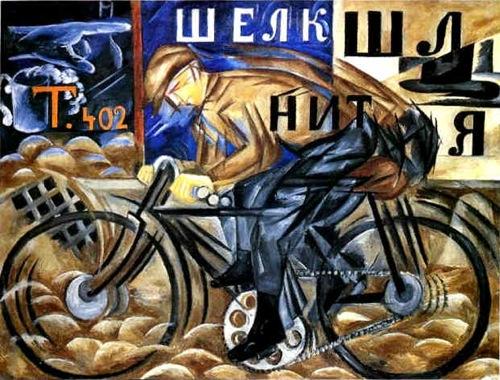
Giacomo Balla
Abstract Speed + Sound, 1913-1914. Guggenheim Museum
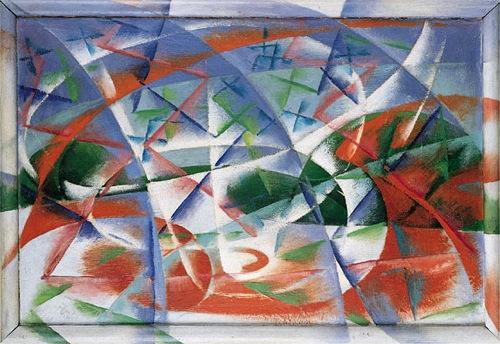
Antonio St'Elia
Perspective drawing from La Citta Nuova, 1914
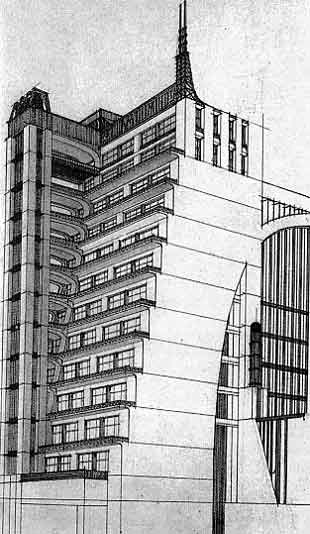
Jules Schmalzigaug
Light. 1915.

Terras 1915
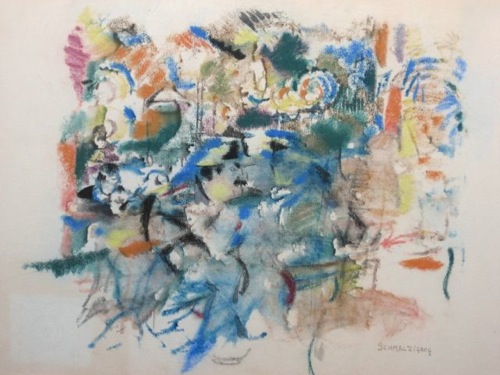
Umberto Boccioni
Unique forms of continuity in pace. 1913. MOMA, NYC
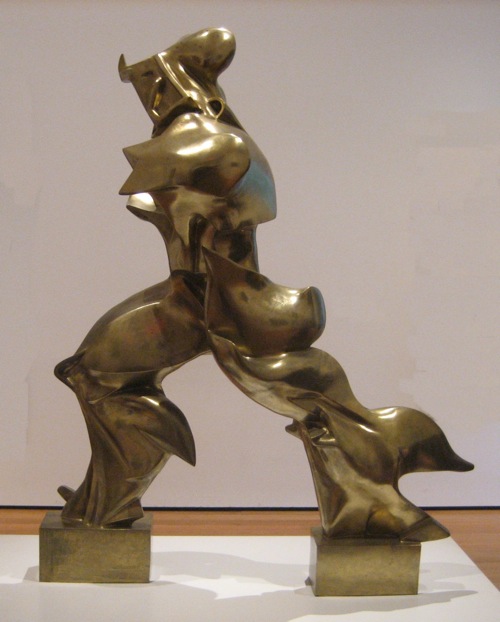
Author's Note: Le petit Livre du Grand Art,Roberto Carvalho de Magalhaes.2005. Editions Grund, Paris
The Art Book. 1994. Pahidon Press, New York.
Art: The Difinitive Visual Guide. 2008. Dorling Kindersley, London.
http://upload.wikimedia.org/wikipedia/en/2/2b/Goncharova_cyclist.jpg
http://www.guggenheimcollection.org/site/artist_work_lg_11_1.html
http://upload.wikimedia.org/wikipedia/commons/f/fe/Santelia02.jpg
http://upload.wikimedia.org/wikipedia/commons/3/34/Schmalzigaug_-_Light.JPG
http://upload.wikimedia.org/wikipedia/commons/8/86/Terras_Schmalzigaug.jpg
http://upload.wikimedia.org/wikipedia/commons/f/fd/%27Unique_Forms_of_Continuity_in_Space%27%2C_1913_bronze_by_Umberto_Boccioni.jpg